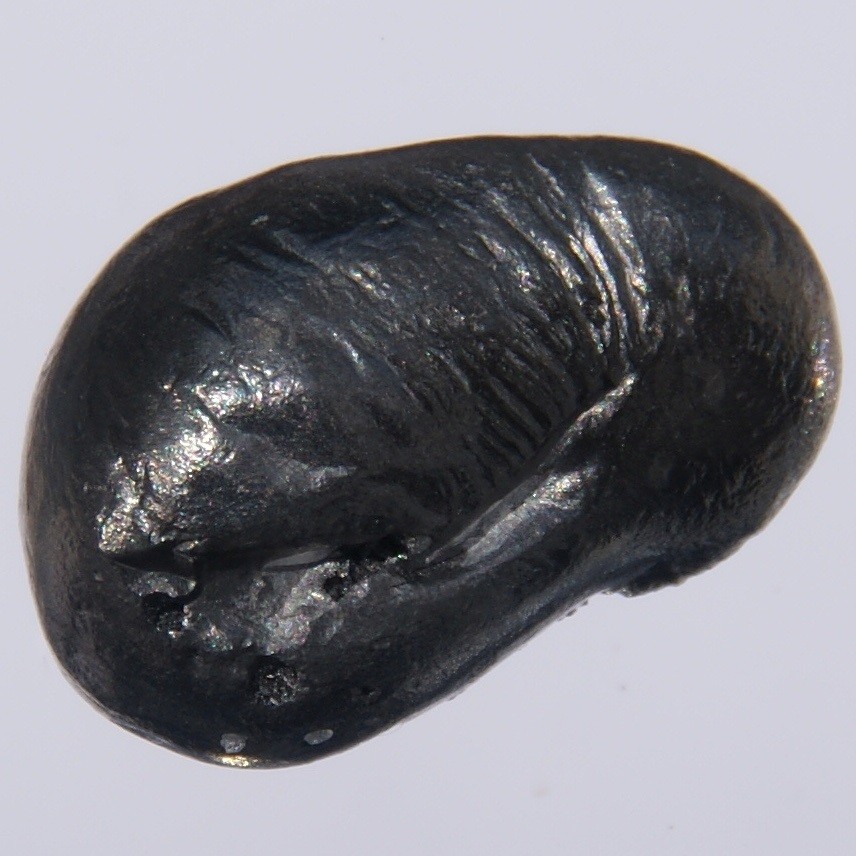Beryllium
4
Be
Grupp
2
Period
2
Block
s
Protoner
Elektroner
Neutroner
4
4
5
Generella Egenskaper
Atomnummer
4
Atommassa
9,012182
Masstal
9
Kategori
Alkaliska jordmetaller
Färg
Skiffergrå
Radioaktiv
Nej
From the Greek word beryllos, beryl
Kristallstruktur
Enkelt hexagonalt
Historia
Louis-Nicolas Vauquelin discovered beryllium in the oxide form in both beryl and emeralds in 1798.
Friedrich Wöhler and Antoine Bussy independently isolated beryllium in 1828 by the chemical reaction of metallic potassium with beryllium chloride.
The first commercially-successful process for producing beryllium was developed in 1932 by Alfred Stock and Hans Goldschmidt.
Friedrich Wöhler and Antoine Bussy independently isolated beryllium in 1828 by the chemical reaction of metallic potassium with beryllium chloride.
The first commercially-successful process for producing beryllium was developed in 1932 by Alfred Stock and Hans Goldschmidt.
Elektroner per skal
2, 2
Elektronkonfiguration
[He] 2s2
Emerald is a naturally occurring compound of beryllium
Fysikaliska Egenskaper
Aggregationstillstånd
Fast
Densitet
1,85 g/cm3
Smältpunkt
1560,15 K | 1287 °C | 2348,6 °F
Kokpunkt
2742,15 K | 2469 °C | 4476,2 °F
Smältvärme
7,95 kJ/mol
Ångbildningsvärme
297 kJ/mol
Specifik värmekapacitet
1,825 J/g·K
Förekomst i jordskorpan
0,00019%
Förekomst i universum
1×10-7%

CAS-nummer
7440-41-7
PubChem CID-nummer
5460467
Atomära Egenskaper
Atomradie
112 pm
Kovalent radie
96 pm
Elektronegativitet
1,57 (Paulingskalan)
Jonisationspotential
9,3227 eV
Molvolym
4,9 cm3/mol
Värmeledningsförmåga
2,01 W/cm·K
Oxidationstillstånd
1, 2
Användningsområden
Beryllium is used in nuclear reactors as a reflector or moderator.
Beryllium metal is used for lightweight structural components in the defense and aerospace industries in high-speed aircraft, guided missiles, space vehicles and satellites.
Unlike most metals, beryllium is virtually transparent to x-rays and hence it is used in radiation windows for x-ray tubes.
Beryllium metal is used for lightweight structural components in the defense and aerospace industries in high-speed aircraft, guided missiles, space vehicles and satellites.
Unlike most metals, beryllium is virtually transparent to x-rays and hence it is used in radiation windows for x-ray tubes.
Beryllium and its salts are toxic and should be handled with the greatest of care
Isotoper
Stabila isotoper
9BeInstabila isotoper
5Be, 6Be, 7Be, 8Be, 10Be, 11Be, 12Be, 13Be, 14Be, 15Be, 16Be